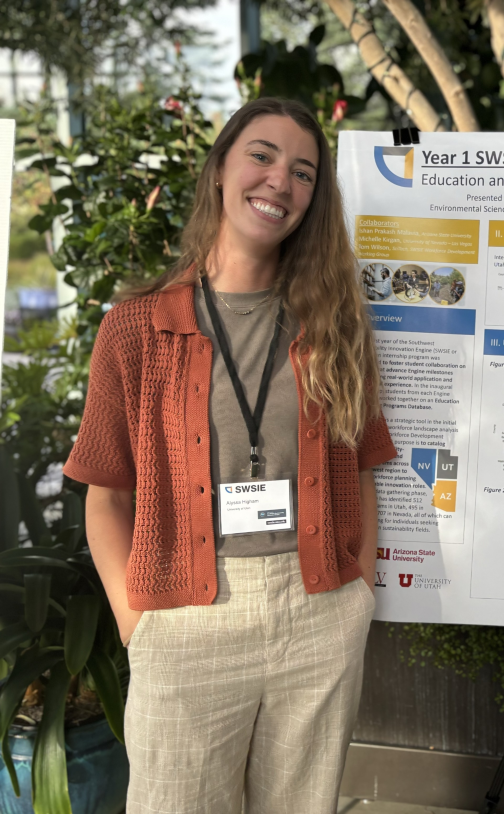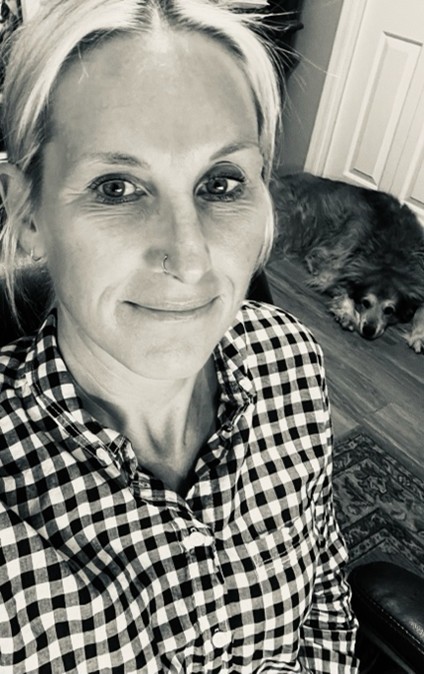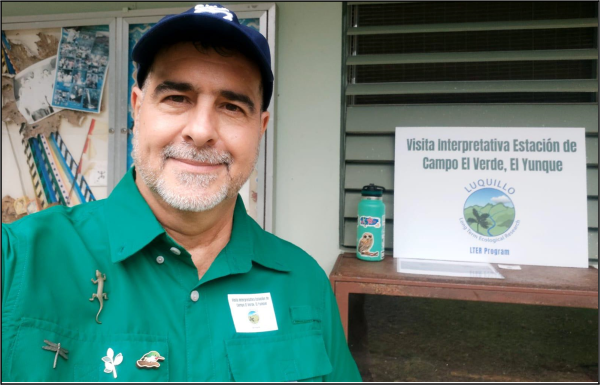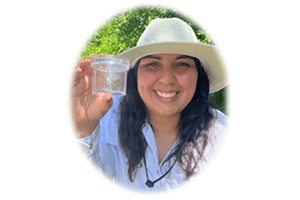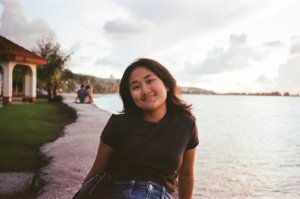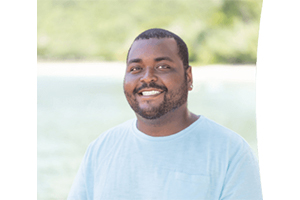
My focal group was Faneyåkan Sinipok, an elementary CHamoru language immersion program. The group consisted of around 25 students ranging from kindergarten through 5th grade. In this program, students are taught all the usual subjects, but completely in the CHamoru language, along with an emphasis on place-based education. The project title was An Gaige Giya Inalåhan, which translates to When In Inalåhan. The southern village of Inalåhan holds various key sites that display the island’s beautiful landscapes and portray it’s rich history and culture – making it an ideal venue for this group.




